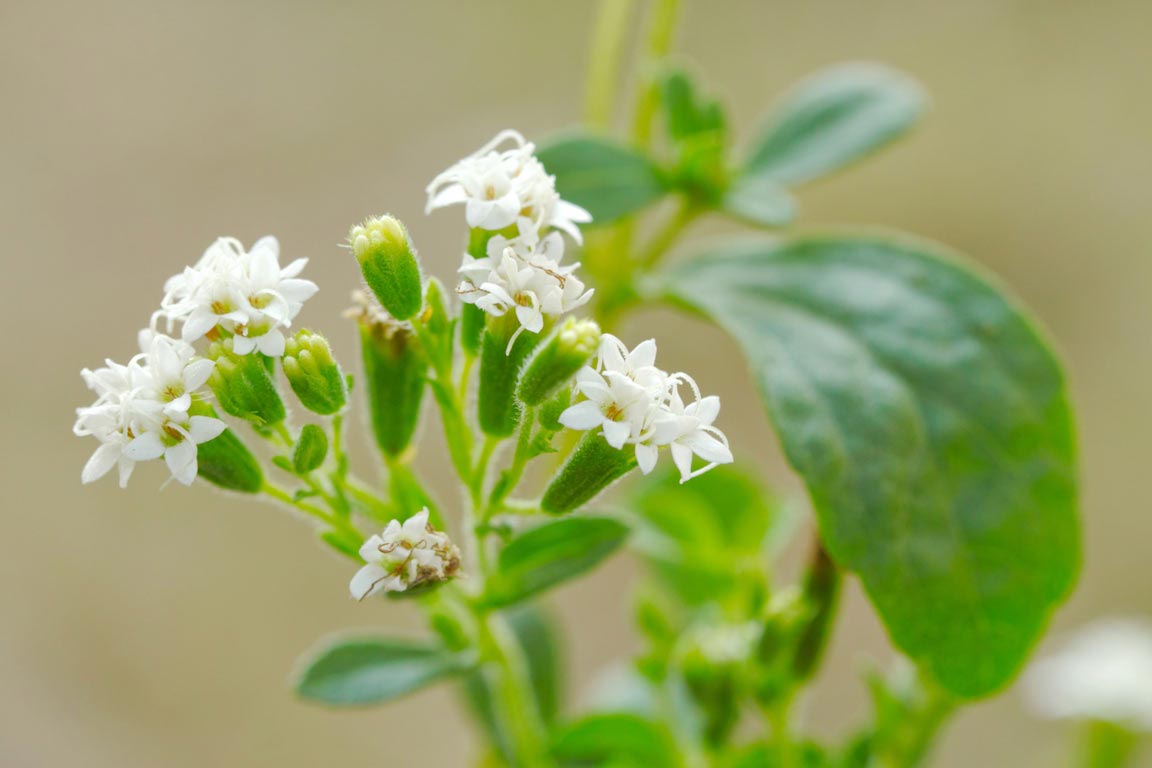Growing Stevia at Home

Stevia grows wild in South America, Central America, and parts of the United States. This shrub grows naturally in hot and humid regions in moist, acidic, and sandy soil. Stevia is an herb and can be grown much the same as any herb or vegetable. With a little knowledge, you can grow stevia at home in the backyard, a container garden, or a greenhouse. (23)
Type of Soil
Stevia grows particularly well in sandy loam or loam. Soil pH should be below 7.5, and it's best to use a low nitrogen organic fertilizer. A low nitrogen fertilizer produces sweeter plants. Because it is considered a weak perennial, you may find yourself replacing your stevia plants every few years. Since stevia is an essentially a warm-climate native, if your location has long winters and short summers, consider growing stevia indoors. (23)
Stevia plants are best grown in raised beds, low hills or mounds (unless your soil is very sandy) since good drainage is an absolute must. Many stevia growers prefer to purchase young plants because seeds can be difficult to germinate. Look for Stevia rebaudiana plants, since this variety has the sweetest leaves. It is important to introduce plants to their permanent locations as soon as they arrive to prevent stress but avoid planting them during the hottest days of summer. (23)
How to Plant
Plant your new stevia shoots about a foot apart. Cover the root ball loosely in the hole and use an organic mulch to keep plants moist. Make sure to avoid planting outdoors until after the last frost of the season. If you are growing your plants outdoors, be sure to bring them inside once the nighttime temperature drops to prevent frost. The plants will survive the rest of their growing season indoors with minimal care. (23)
Watering
Plants grow slowly to begin with but will grow faster as the season progresses. Stevia needs to be kept consistently moist, so, if you are growing your plants outdoors, be sure to water frequently (especially when there is little rain). But, again, stevia tends to rot if the plants sit in standing water, so be sure there is adequate drainage. Insects are rarely a problem for stevia plants, but be on the lookout for dark brown spots and wilting, which are signs of a fungal infection. If you see any, harvest your stevia right away. (23)
Harvesting
Stevia should be harvested before the first frost, and it's easy to snip off a leaf or two for instant use. Blossoming is also a sign that your stevia is ready to be harvested. You can cut off the entire plant about six inches above the ground and hang them upside down to dry. When the plants have dried, remove the leaves and store, but toss the stems because they are not as sweet. The less time it takes to dry the plants, the sweeter the leaves will be, so make sure to hang your plants in a warm, dry, and airy location or remove the leaves and dry on screens or in a food dehydrator. The dried leaves can easily be processed into powder with a food processor, stored, and used in teas and recipes. (23)
Works Cited
- Ramesh, K., Singh, Virendra and Megeji, Nima W. Cultivation of Stevia [Stevia Rebaudiana (Bert.) Bertoni]: A Comprehensive Review. [book auth.] American Society of Agronomy. [ed.] Donald L. Sparks. Advances in Agronomy. London: Elsevier Inc.: Academic Press, 2006, Vol. 89, pp. 138-169. ISBN-13: 978-0-12-000807-0.


